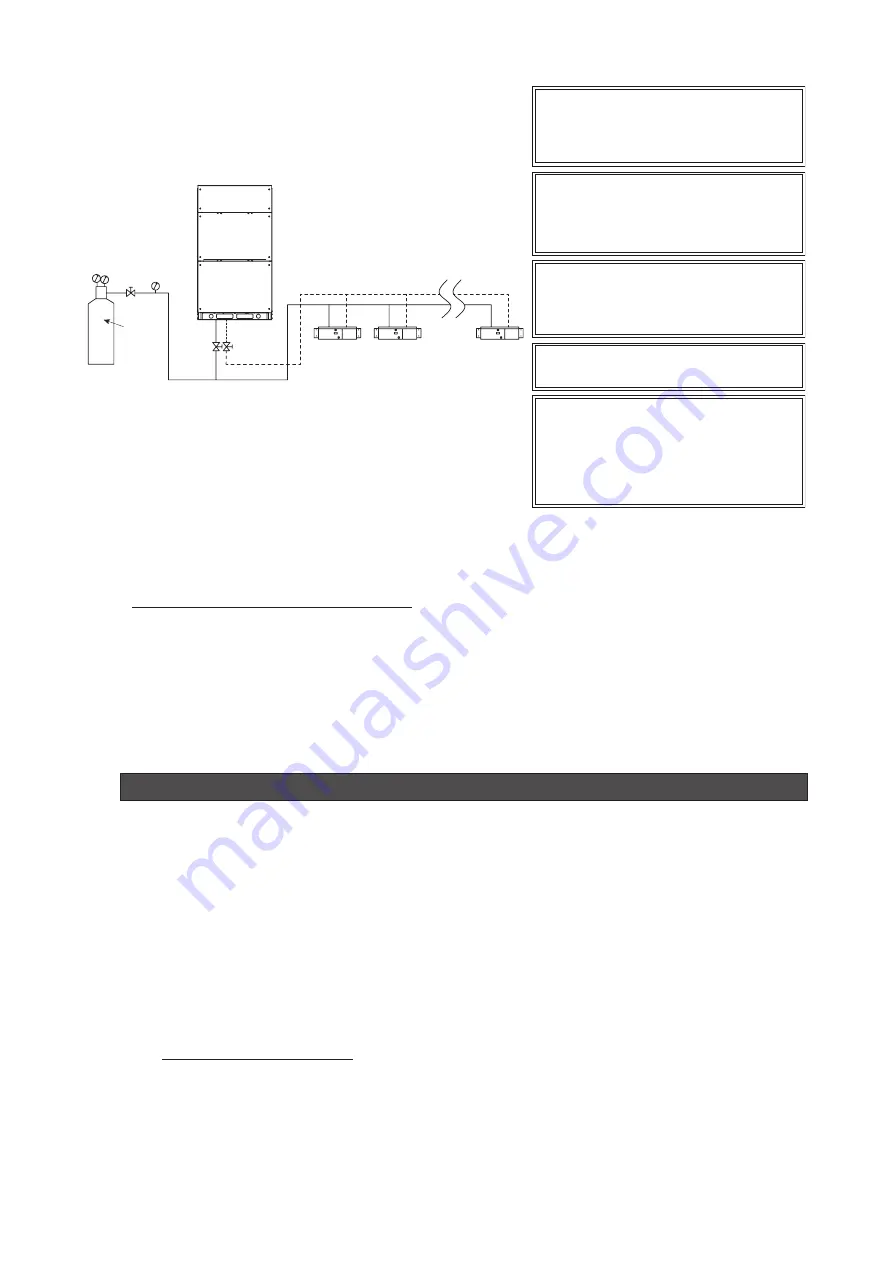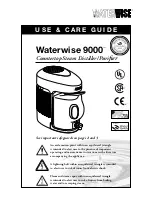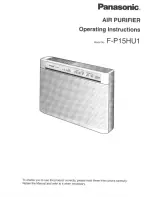
57
Charge the correct refrigerant quantity
according to Table 8.1. If not, a
compressor may be damaged due to an
excess or insufficient refrigerant charge.
Refrigerant charge from check joint of
gas stop valve may lead to compressor
failure. Be sure to charge refrigerant
from the check joint of liquid stop valve.
Insulate the liquid piping and gas piping
completely to avoid decreasing of
performance and dewing on the surface
of the pipe.
Insulate the flare nut and union of the
piping connection with insulation.
Check to ensure that there is no gas
leakage. If a large refrigerant leakage
occurs, it will cause difficulty with
breathing. If the refrigerant comes into
contact with open flames, toxic gas could
be generated.
Gas side
stop valve
The outdoor unit
1
2
N
Liquid
side
stop valve
Regulating
valve
Nitrogen
bottle
●
Please pay special attention to the refrigerant leakage
Before performing installation of air conditioner, pay attention to the critical concentration of the
refrigerant in the indoor unit to prevent any leakage accident.
Total amount of refrigerant in system (kg)
≤ Critical concentration (0.42 kg/m³)*
Control space of indoor unit (m³)
*The critical concentration value is determined by national laws and regulations.
For example, IS05149 and EN378.
If the detected concentration is greater than 0.42 kg/m
³
, take the following measures:
(1) Prepare a leak detector and exhaust fan used for operation control.
(2) Open the ventilation openings in the walls or doors to reduce the concentration of the refrigerant. (In
areas lower than the door, set the ventilation opening area is at least 0.15% of the floor area.)
NOTICE
1. HFC gas R410A maximum allowable concentration:
R410A refrigerant is non flammable, non-toxic gas.
But if the refrigerant gas leaks into the room, it may lead to suffocation.
Once leakage occur it is must to take effective actions to make the concentration of R410A is lower than
0.42 kg/m
3
2. Calculation of refrigerant concentration:
(1) Calculate the total amount of refrigerant (kg) (including the charge of all connected indoor unit
systems).
(2) Calculate the volume V (m
3
) of each room.
(3) Calculate the concentration of room refrigerant C (kg/m
3
) according to the following formula:
R: Total refrigerant (kg)
= C: R
efrigerant concentration is ≤0.42 (kg/m
3
)*
V: Room volume (m
3
)
Follow local regulation and laws if available.












































